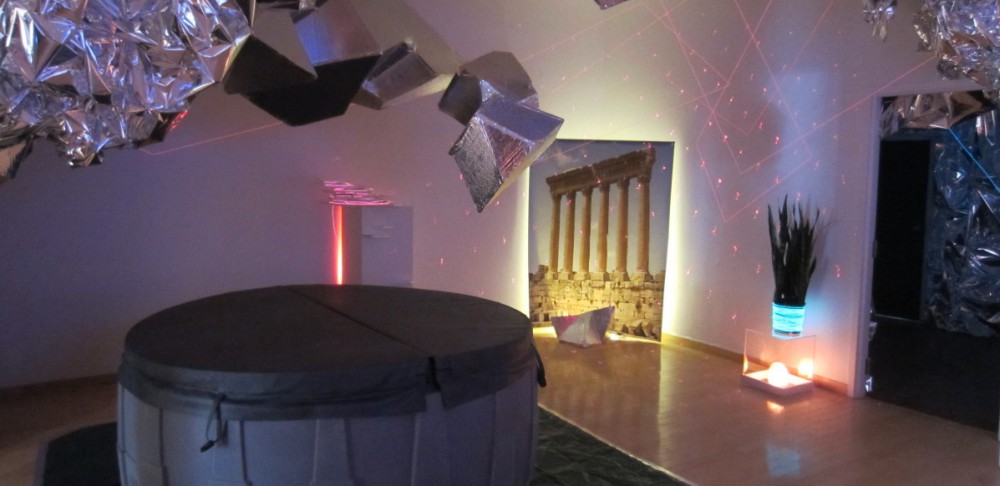Open lab has a project 2 section to help with the project. Under assignments.
Should help aleviate some stress over the whole process. A lot of the following can be found on open lab.
- 25 percent of grade, largest part of overall grade
- Hand holding will be ending for the project. You are responsible for your work. Prof. Belli is still available for help, but only if you seek her.
- Presentations are worth 10 percent of the 25.
- 2 different grades, the write up 15%, and the presentation 10%. Separate, but similar content. 1 is on personal writing strength and the other is strength on presentation.
Everything will be due on the 14th. 2 weeks from today.
- Firm deadline is at 2:30 when class begins.
- No collection will be done in class. Everything will be submitted online.
Abstracts
- A summary of your project.
- The place where you present in as clear as form as possible what your project is.
- Suggestions for the abstract will be available on open lab. Read on your own.
Next week will go in depth as to the submission process.
A minimum of 5 secondary sources.
- Primary source is the original text you are looking at.
- A secondary source is a text about what you are looking at.
- If trouble is had, you should see Prof. Belli or visit the library.
- Appointments can be made with the research librarians.
There is enough research in the world for any topic that you may wish to work with.
You can donate money in the welcome center for the earthquake in nepalm (?).
The written paper has a limit of 6-8 pages.
- Has to incorporate research.
- Questions can be answered by Prof. Belli.
- Formatting is to be followed for any standard paper.
- Images are fine, but they must have a purpose for being there. They do not count towards the page count.
No cover letter means no grade.
- 1-2 single pages, single-spaced.
- Purpose is to speak about experiences, what you learned in the genre.
- Supposed to be a thoughtful revised letter.
- Organized and friendly to the reader.
- It is addressed to Prof. Belli. Speak your mind on your process towards the completion of your project.
Details on presentations are on open lab
- Some type of slides should be incorporated into the presentation.
- Pictures, quotes.
- 10 limit presentation. Give or take a few minutes.
- Dress professionally.
For presentation week everyone has to bring in food.
- Q and A will happen after each presentation.
- Backup with presentation should be brought in case even though it will be uploaded to open lab.
- Those bringing videos, sounds, etc., should bring in a small clip.
- Props can be used.
Reason for presentations
- Fun
- Give a chance to those who are not strong at writing to shine.
You can present however you want, so long as it makes sense.
Everything is due on the 14th. No changes will be made after that. Slides and work cannot be changed.
Presenting the 14th in no particular order.
- Leo
- Joel
- Aaron
- Danny
- Donovan
- Jonathan
- Randy
- John
- Zac
Everyone else will present next week.
3 more classes till the end of the semester.
Next week in class there will be some leftover conversation from the book.
Bring the introduction to science fiction next week.
Most of class next week will be composed of a lab day. A day for bringing stuff in to work on.
- Bringing laptop is encouraged.
- Sources.
- Proposals
- Notes
- Works in progress.
- A chance to ask questions.
- A hands on working day.
- Help can be obtained from peers.
Free writing on writing proposals, asking questions, writing ideas, calming yourself.
Review from last week
- Progress
- Freedom/individuality
- Cyborg/prosthesis
- Gender
- Control—emotions/behavior
- Doubling
- Alternate
- Futures/past
Today
- Relationship between sequence of events/chapters & worlds (esp. ch 17)
- Connie’s “sanity”/”reality” (ch. 20 )
- Connie’s mind as utopia
- Prisoners of war(322)—>relation to contemporary events (baltimore)
- Luciente’s speech on circumstances changing the way we thing (327?)
Baltimore riots started due to the death of a man under mysterious circumstances with no investigations or arrests made.
Similar events have been happening all over the country.
Issues with people of colors being unfairly focused on by the police
Cameras and technologies helped bring attention to an issue that can no longer be ignored.
The power that the person whose side of the story is told holds.
Whose version of things is the truth? In reference to chapter 20.
The idea is similar to the story of Christopher Columbus and the story told to children compared to the truth.
Prof. Belli saw her ISR file this morning. Uses it as an example of an official document compared to how the events happened.
What do we think about the relationships among the characters
- Dolly and her johns
- Gildina and her contracts
- Future folks and their lovers
- Doctors and their love life
Connecting the 3 connies (consuela, Connie, Conchita) to the different worlds, present, future, evil future)
Was she admitted to the ward crazy or was she made crazy in the ward.
Next class we will begin focusing on the book.
Optional discussion will be available on open lab.



